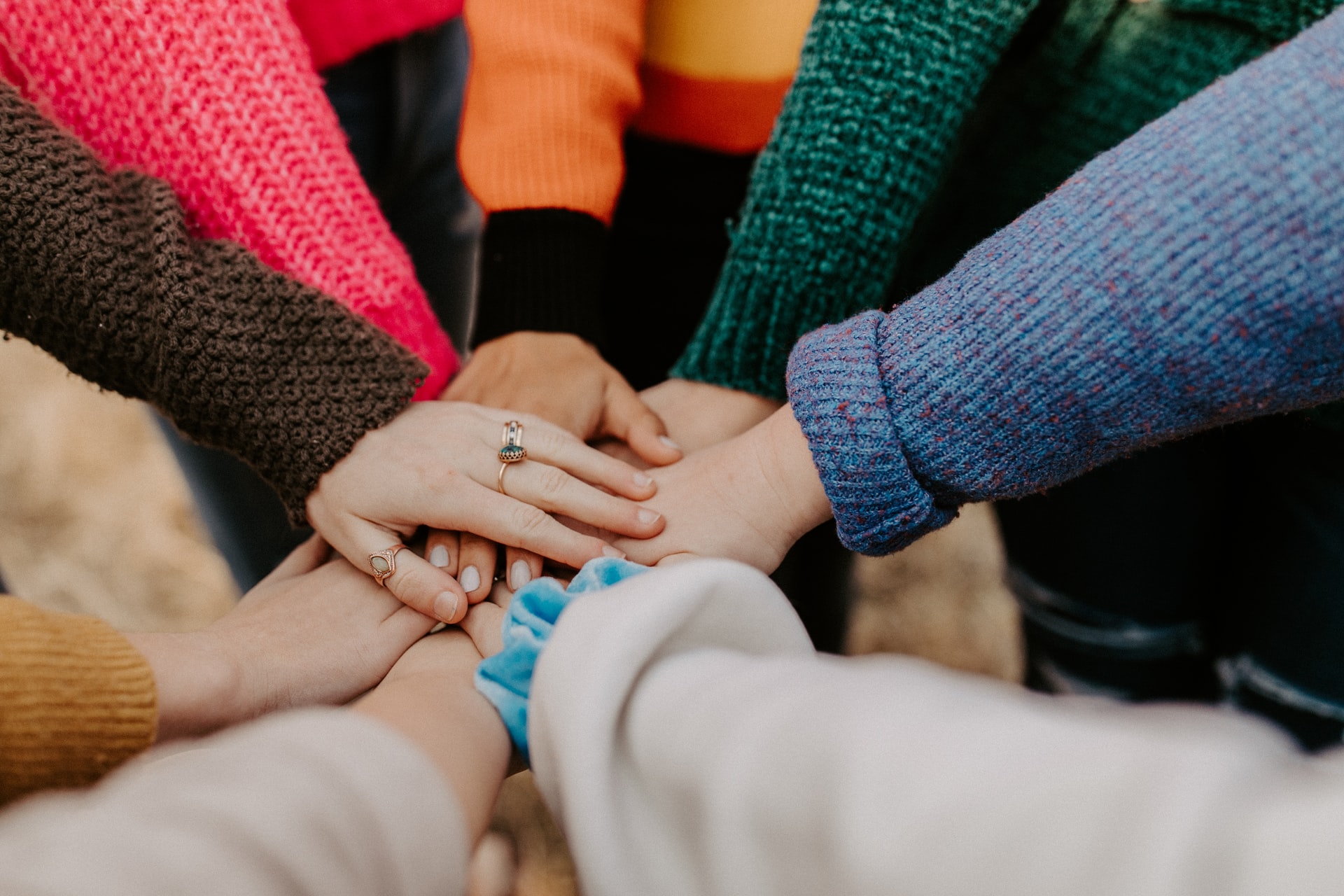Having made the decision to use donor oocytes, patients are faced with the question, “How much does a donor oocyte cost?” The cost depends on many factors. There are two options for the egg donation program.
Using vitrified oocytes
Oocyte freezing is a relatively young procedure, it appeared only a few years ago in Japan, but it is already quite popular. Vitrification is a process of rapid freezing of oocytes, in which the loss of biological material during defrosting is minimized. The use of frozen cells is very convenient for patients, as it allows to minimize costs and defrost oocytes at a convenient time, with defrosting taking only a few minutes. There is no need to wait for a donor, and patients receive a certain number of oocytes, unlike the native cycle, in which the result of stimulation is often unpredictable.
However, this method has disadvantages as well. In most cases, using vitrified oocytes implies anonymity, i.e. you won’t see the photos of your donor. Secondly, there are still losses during thawing, and the result of thawing cells is difficult to predict. There are cases when all oocytes die. In addition, the efficiency of IVF programs with vitrified oocytes is much lower compared to the native cycle.
Donor stimulation in a native cycle
This method also has its advantages and disadvantages. With this approach, the donor is stimulated individually for the recipient, and all the oocytes obtained as a result of the puncture belong to the recipient. The disadvantage of this method is that it is difficult to predict the result of stimulation, but an experienced reproductive surgeon will already make an assumption on the first ultrasound of the donor about how many cells the donor will be able to give during stimulation. On average, healthy young girls receive 12-17 oocytes suitable for fertilization. On the day of puncture, the oocytes are fertilized with the husband’s sperm and the embryos are further cultured. The cost of a donor egg eco program in a native cycle is determined by the type of donor provided.
Anonymous donor
The cost of anonymous donor programs varies depending on the clinic or agency providing the donor. Anonymous programs are the most budget-friendly, but many parents can’t imagine not seeing at least pictures of the intended genetic mother.
Non-anonymous donor
The optimal option is to use the services of a relative or acquaintance of the recipient. In this case, future parents will be calm and confident about what genes will be inherent in their child. However, this method is not always possible. Many patients want to keep the procedure secret from everyone, and for some it is very difficult morally. Life is often unpredictable – no one can guarantee that a friend, who has acted as a donor, will not wake up the maternal instinct to your baby. Yes, and with other problems can be encountered.
If using a loved one’s eggs is unacceptable to you, there are specialized agencies and clinics.
